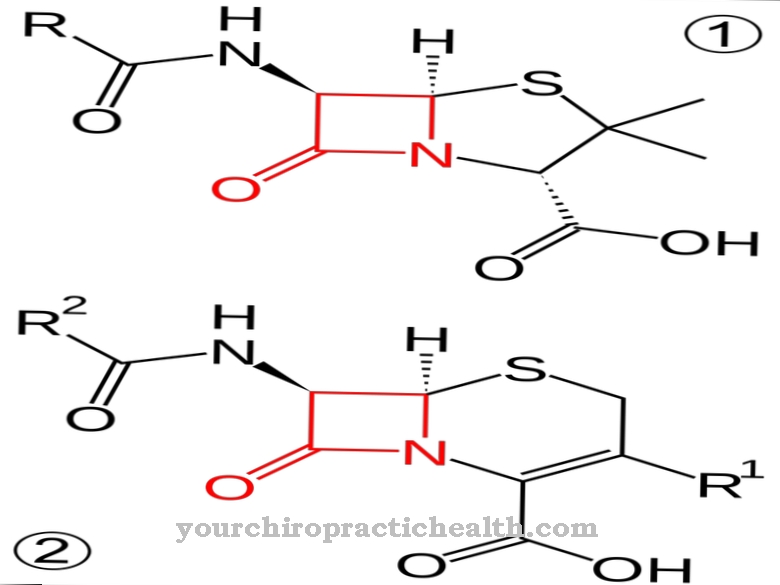Paracetamol is a medicinal substance that is primarily used for mild to moderate pain, colds and to lower fever. Paracetamol is used both as a single preparation and in combination with other drugs.
What is Paracetamol?

The pain and fever lowering drug Paracetamol was introduced in 1950 and is one of the most common and indispensable pain relievers. Paracetamol is considered to be highly effective and can be purchased in Germany as a single preparation without a prescription in pharmacies. Only combination products containing, for example, codeine or acetylsalicylic acid are subject to prescription. The analgesic is classified as an indispensable drug by the World Health Organization, and the active ingredient paracetamol has been on the WHO list since 1977.
Medical effect & application
Paracetamol is used medicinally for various clinical pictures. The active ingredient is the first drug of choice for a wide variety of pain complaints, such as headaches, body aches, period pain, toothache but also sunburn and can also be used to a certain extent for migraines. For migraines, however, a combination with acetylsalicylic acid and caffeine is recommended, as the effectiveness is increased by the interaction.
A combination with codeine and tramadol is recommended for moderate to severe pain. Paracetamol is also used in the treatment of various colds. Paracetamol is a component of many flu remedies, cough removers and antipyretic drugs. Paracetamol should not be taken during pregnancy; it is suspected that taking it during pregnancy is associated with later asthma in the child.
However, breastfeeding in combination with paracetamol is considered safe. Paracetamol is usually taken orally, but it can also be given rectally and intravenously. In adults, paracetamol is dosed according to body weight. Approx. 10-15 mg per kg of body weight are taken orally as a single dose. Up to four single doses of paracetamol may be taken per day.
Interactions
Paracetamol should under no circumstances be combined with alcohol. Just like the combined intake of certain sleeping pills and anti-epileptic drugs, the simultaneous intake of alcohol leads to the breakdown of paracetamol to a toxic metabolic product being increased. Even small doses of paracetamol can cause serious liver damage.
If the broad-spectrum antibiotic chloramphenicol is administered at the same time, paracetamol delays the breakdown of the antibiotic and thus makes its active ingredient more toxic. AIDS patients taking the drug zidovudine should only use paracetamol after consulting a doctor, as paracetamol can increase certain side effects of the drug.
Mainly, however, paracetamol is considered a drug that rarely affects other active ingredients negatively. As with any other medication, you should consult a doctor or pharmacist if you have any doubts about paracetamol.
You can find your medication here
➔ Medicines for painRisks & side effects
Paracetamol is considered to be a very well tolerated drug, with which side effects rarely occur, as long as it is taken as intended. The drug-induced headache is relatively common. The regular intake of paracetamol leads to severe headache attacks when suddenly discontinued; this is often the case with migraine patients who cannot be adjusted to triptans.
Rare and very rare side effects are also liver enzymes, serious blood count changes, allergic reactions such as Hives and spasms in the breathing muscles.
Paracetamol is also suspected of increasing the risk of asthma and conjunctivitis if used frequently in childhood. Frequent skin and nasal mucosal infections are also associated with the use of paracetamol in childhood.












.jpg)



.jpg)










.jpg)
